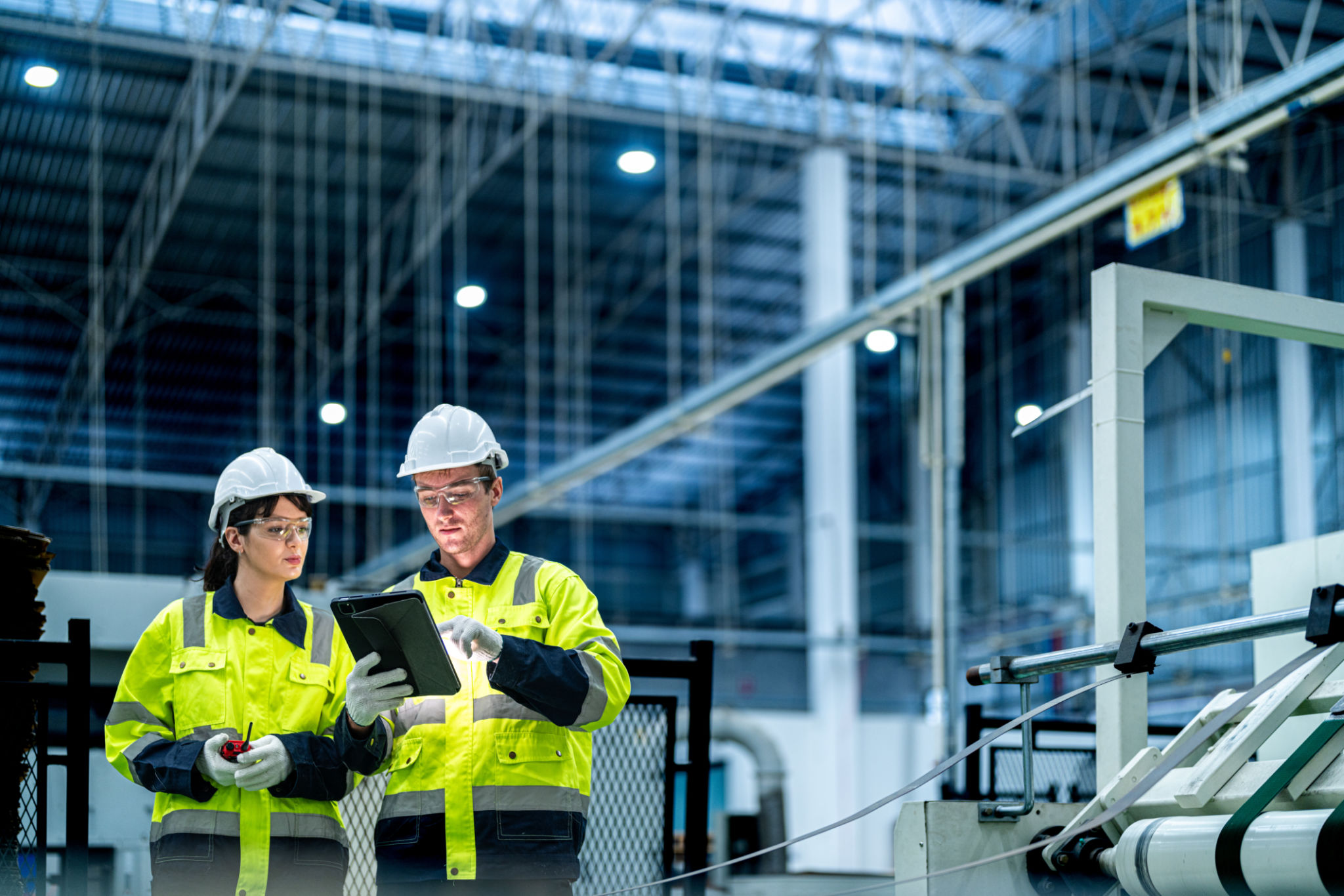Case Study: Successful Implementation of Robotics in Industrial Safety
Introduction to Robotics in Industrial Safety
In recent years, the integration of robotics in industrial settings has revolutionized safety standards. This technological advancement not only enhances operational efficiency but significantly reduces the risk of accidents. By automating hazardous tasks, robotics ensure a safer workplace environment for human workers.

The Need for Enhanced Safety Measures
Industries have long grappled with the challenge of maintaining safety in environments characterized by heavy machinery and complex operations. Traditional safety protocols, while effective to a degree, often fall short in minimizing human error and accidents. Introducing robotics has become a pivotal strategy in bridging this gap.
Understanding the Risks
Industrial sites are fraught with risks such as exposure to harmful substances, operating heavy machinery, and working in high-temperature zones. These factors contribute to a high incidence of workplace injuries. Robotics offer a solution by taking over these dangerous tasks, enabling humans to operate from a safer distance.
Implementation Strategy
The successful implementation of robotics in industrial safety involves several strategic steps. Companies must assess their specific needs and determine which areas would benefit most from automation. It is crucial to select the right type of robots tailored to these needs.
Steps to Implement Robotics
- Conduct a comprehensive risk assessment to identify high-risk areas.
- Select appropriate robotic solutions that align with identified needs.
- Train employees on the operation and benefits of robotic systems.
- Establish protocols for regular maintenance and updates.

Case Study: A Success Story
A leading manufacturing company recently implemented robotics to enhance their safety protocols. By introducing robots to handle hazardous tasks such as welding and material handling, the company reported a 30% reduction in workplace injuries within the first year.
Impact on Workforce
The shift not only improved safety but also allowed workers to focus on more skilled tasks, boosting overall productivity. Employees expressed increased job satisfaction due to reduced exposure to dangerous conditions.
Challenges and Solutions
Despite the advantages, integrating robotics into industrial settings can present challenges. Initial costs can be high, and there may be resistance from workers fearing job loss. However, these hurdles can be overcome with effective communication and demonstrating long-term benefits.

Overcoming Resistance
- Educate employees on how robotics complement rather than replace their roles.
- Implement retraining programs to equip workers with skills to manage new technologies.
- Highlight success stories and data that showcase improved safety and efficiency.
Conclusion: The Future of Industrial Safety
The successful implementation of robotics in industrial safety is not just a trend but a necessary evolution for industries aiming to thrive in modern times. By adopting these technologies, companies can ensure safer working environments, enhance operational efficiency, and ultimately achieve sustainable growth. As robotics continue to advance, they will play an increasingly crucial role in redefining industrial safety standards.